I accept VadaTech copyright information.
Home
Products
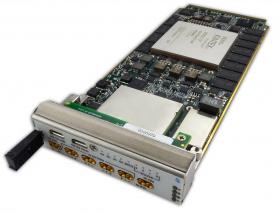
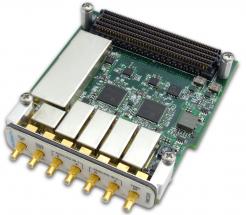
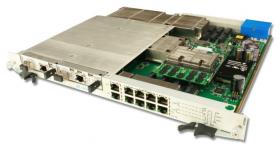
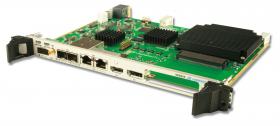
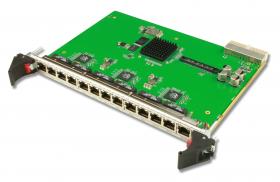
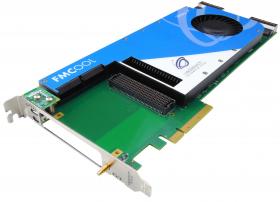
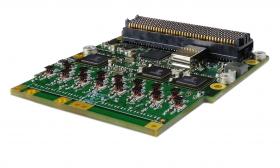
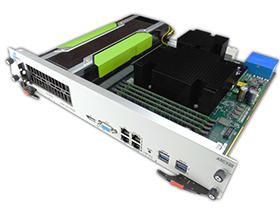
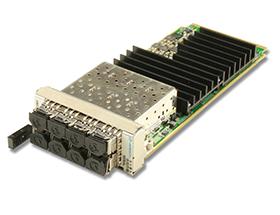
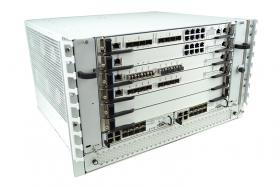
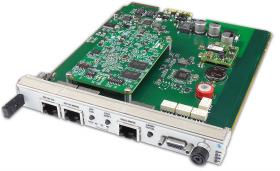
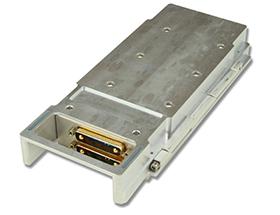
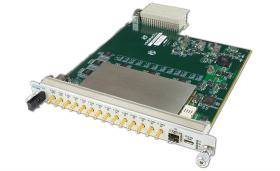
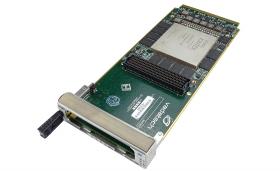
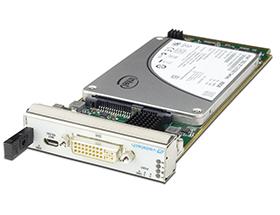
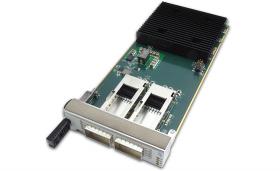
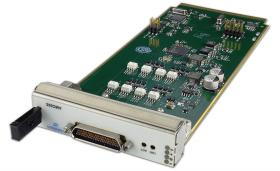
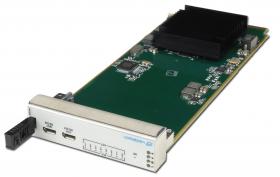
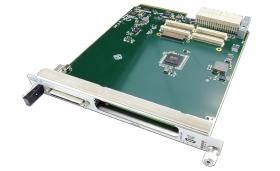
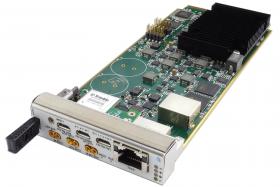
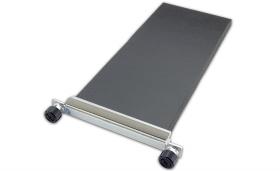
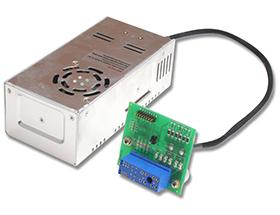
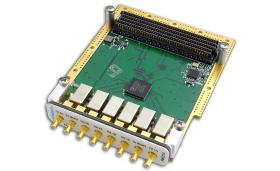
Newsroom
By Function























 |
I accept VadaTech copyright information.
Please enter your email registered at VadaTech and we will send you your password.
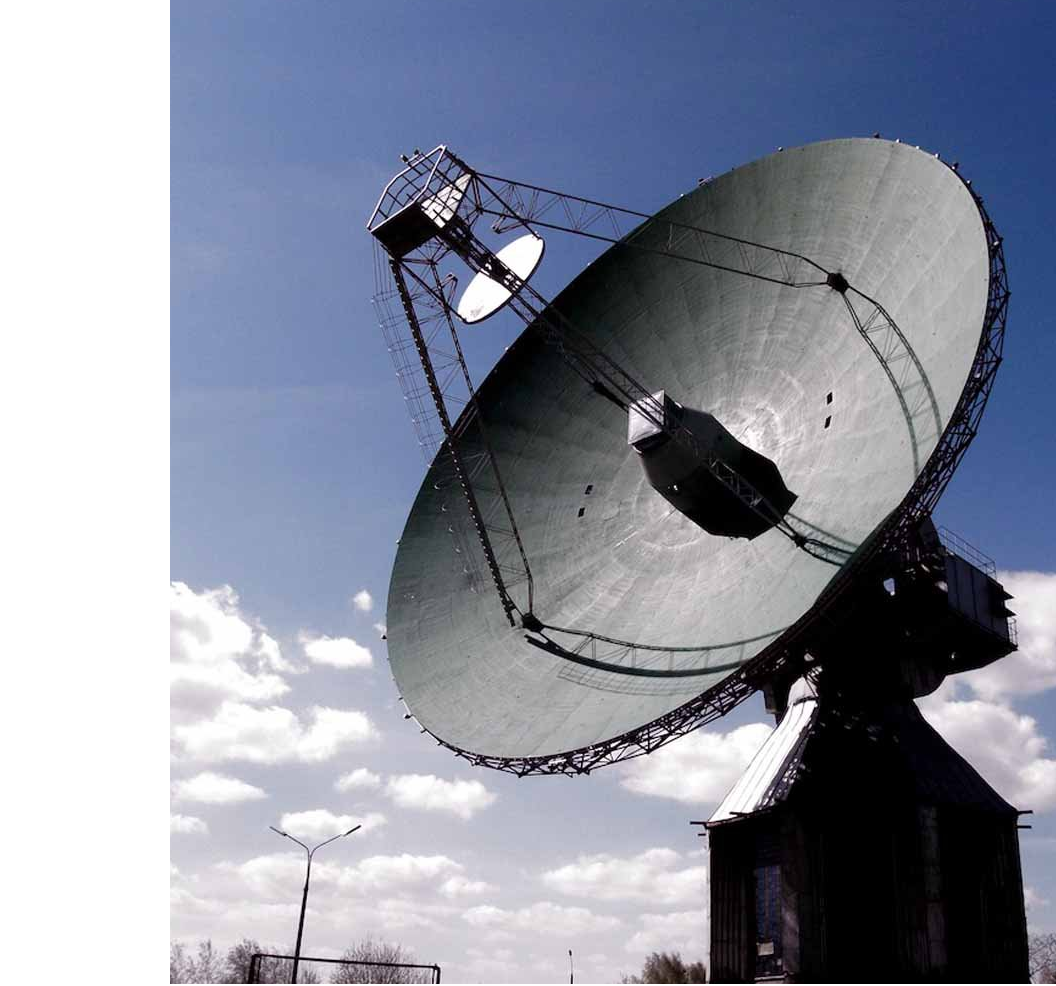
One of our customers in network security approached VadaTech to provide the platform for their next generation security appliance. To meet the specific requirements we designed a custom AMC carrier for them, supporting increased processing density together with scalability to allow a common platform to be used across the product range.
An existing telecomm customer approached us to help reduce cost in the MicroTCA platform and streamline product flow. VadaTech responded with a fully integrated platform, pre-loaded with the customer application, tested to their specification and then drop-shipped to the end user. This close integration between VadaTech and the customer resulted in a significant reduction in costs. For further details, see here;
Customer Reference Story - World Wide Reach

VadaTech worked with a large targeted service provider to develop a platform solution supporting dense multi-core processor blades in a high-availability environment. The application demanded a large number of platforms, so controlling production costs was paramount. VadaTech addressed the chassis and infrastructure to optimize the solution price/performance, allowing the customer to achieve their cost and roll-out targets. See further details here;
Customer Reference Story - Application Server
The inter-processor bandwidth and scalability of MicroTCA make it suitable for high-end industrial applications. VadaTech worked with an industry-leading OEM to transition from a custom dual-core platform to a MicroTCA platform based on QorIQ processors. This transition reduced the cost, size and power requirement of the platform significantly, and led to a system architecture that scales well across a wide and complex product range.
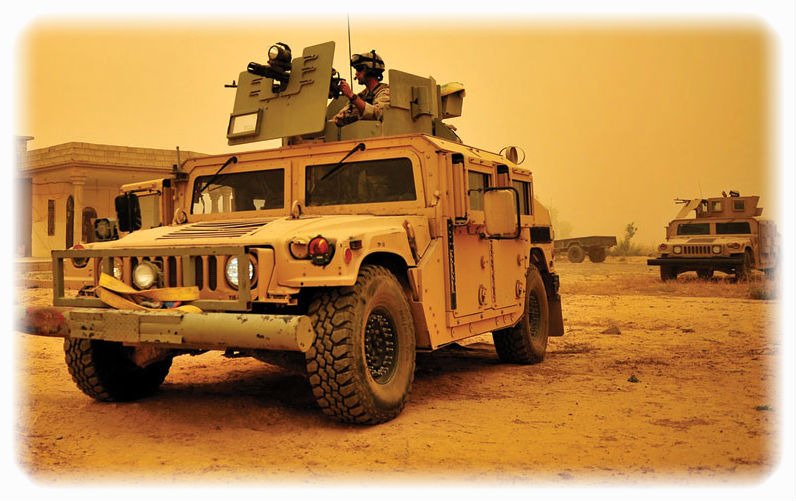 Defense While VPX is a dominant form factor in defense, MicroTCA has gained wide acceptance through the MTCA.1 and MTCA.3 standards, and VadaTech is now supplying product onto a wide range of platforms, airborne and other.
Defense While VPX is a dominant form factor in defense, MicroTCA has gained wide acceptance through the MTCA.1 and MTCA.3 standards, and VadaTech is now supplying product onto a wide range of platforms, airborne and other.
An existing defense customer looked for the ability to use standard, off-the-shelf AMCs but required I/O through mil-std connectors. To support this requirement, VadaTech modified an existing product to generate the VT858. This allowed the customer to gain all the benefits of using COTS modules while still using the required standard of cabling between chassis.
While most ATCA and MicroTCA systems are destined to sit in 19” racks, this is unacceptable in many defence applications. Working with a major customer, VadaTech developed the VT870 to address those applications that require an ATR chassis. When used with conduction-cooled AMCs and MCH, this allows the MicroTCA architecture to be used in extreme environments requiring a high level of ruggedisation.
By providing an alternative to a VPX platform, VadaTech was able to fit within a tight space envelope on an airborne platform, while achieving very high compute density in a highly connected, FPGA-based sensor processing sub-system. More details here;
Solution Brief - Compact FPGA-Based Processor
NASA’s Tracking and Data Relay Satellite System (TDRSS) ground terminals will be replaced in the 2015 timeframe. The terminal replacement effort, called the Space Network Ground Segment Sustainment (SGSS), will modernize the ground terminal communications infrastructure and provide new capabilities for customers.
SGSS plans to use μTCA components for the majority of the Digital Signal Processing (DSP) element, including the analog-to-digital converters, modems, beamformers and processors. Additional details can be seen here;
Solution Brief - NASA uses MicroTCA
A prime military contractor has chosen MicroTCA over OpenVPX for its naval computing application. The company was looking for a system for the signal processing of SONAR data from towed arrays or other sensors on the board. VadaTech develops a 1U solution that would provide vibration and shock resistance in an isolated rack. See further details here;
MicroTCA Chosen for Signal Processing of Naval Towed SONAR Array
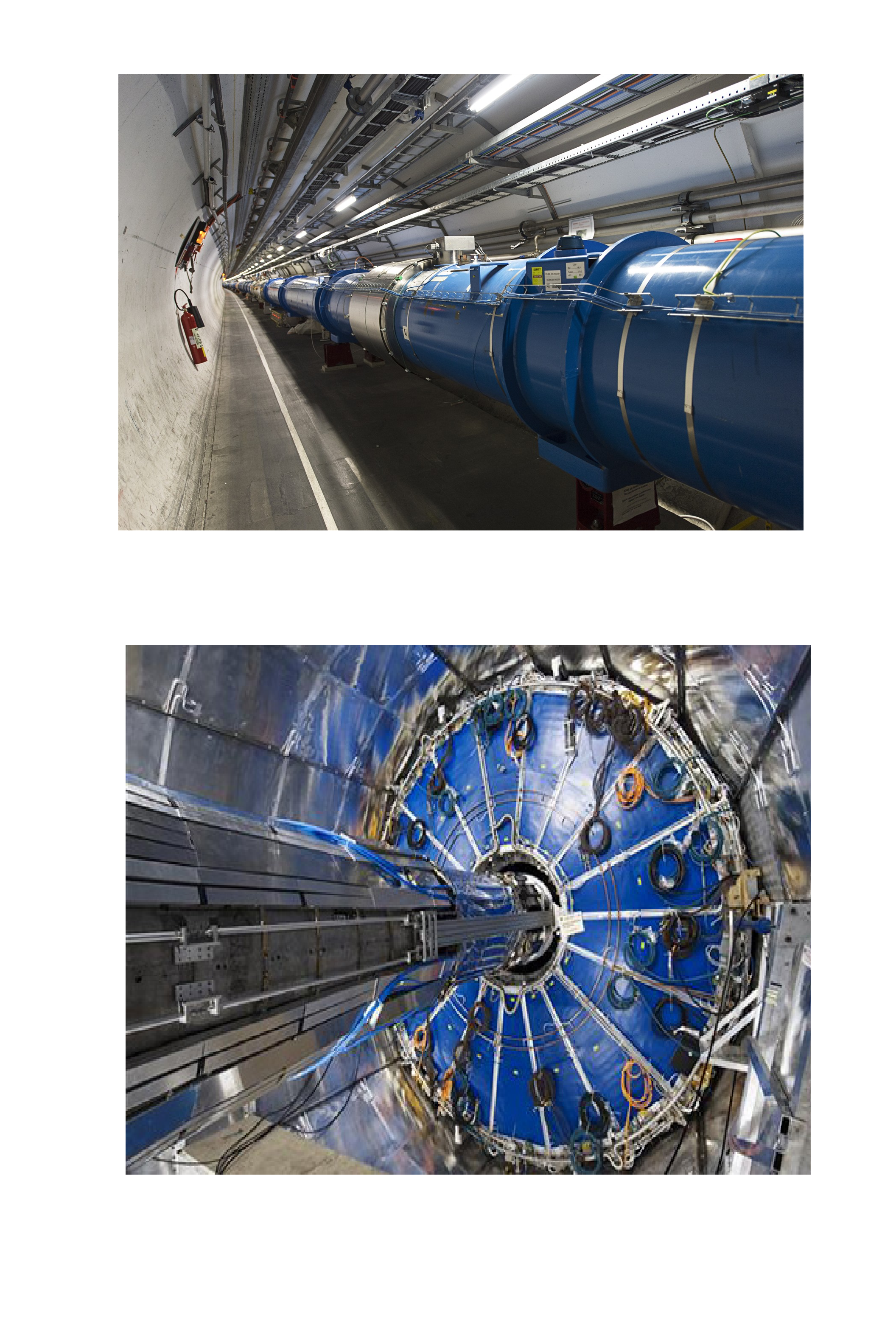
MicroTCA has seen strong adoption in the area of scientific research, particularly high-energy physics. The standard is well suited to this market since it provides high bandwidth on the backplane, is structured for availability/reliability, scales well with multiple processors, and supports flexible, high-bandwidth I/O.
The VT892 is used within CERN and elsewhere, where full redundancy, a 1000W AC power supply option, and bottom-to-top airflow, make it a good solution. As a full-featured production-ready chassis it is becoming a solution of choice for many researchers in this area.
The VT811 and AMC520 are finding strong adoption as MTCA.4 moves to become the prevalent standard in this market.
The VT811 uses an aluminium construction to reduce weight, supports full redundancy, and has 16 fans in each cooling unit to ensure well-distributed airflow (important when using high-power processors).
The AMC520 was designed in collaboration with the user community, with particular attention to detail in the analogue sub-system to optimise ENOB performance from the ADC. Interest in the product has led to several variants being defined to support installations in Europe and the USA.
As the world moves to diversify its energy sources and expand the use of renewable energy, embedded computing systems will play a key role in managing the electrical and power distribution systems. Whether its optimizing performance of a wind farm or managing resources on the electrical grid, VadaTech’s modular COTS platforms offers significant performance, scalability, and cost advantages. For more extreme environments, the VadaTech Rugged COTS products offer outdoor protection against shock/vibration, moisture/dust, humidity, and more.
Solution Brief -- Making the Case for MTCA in Energy Market Applications